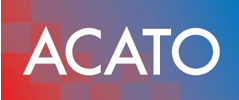Best Practices for Security Training – ISO 27001 Standards
Boost organizational security with effective training programs that empower employees. Learn how these initiatives enhance awareness and reduce risks today.
Best Practices for Security Training – ISO 27001 Standards Read More »






